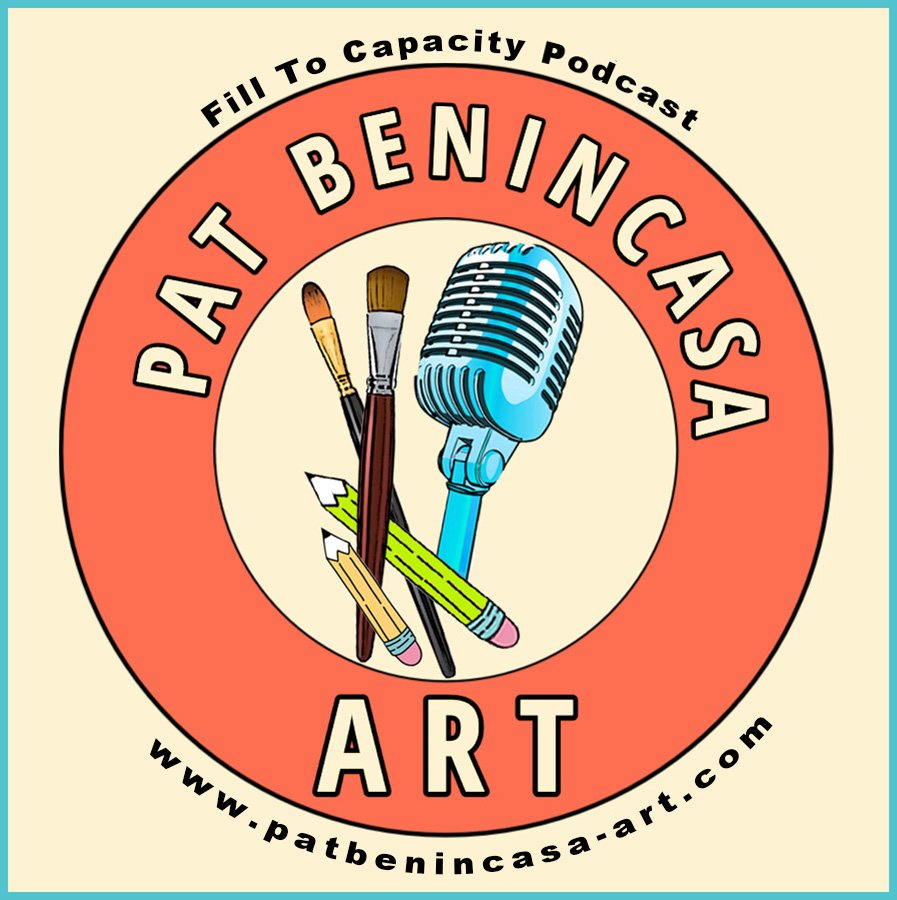FTC in-btwn #11: How Do You Remember What You Never Forget
Podcast Transcript: How Do You Remember What You Never Forget?
© 2023 Pat Benincasa All Rights Reserved
“Like a relentless yo-yo, history swings back and forth, repeating its ominous patterns as it coils and spins from learned to unlearned events. Yet in this cycle of repetition, certain moments emerge that demand our complete attention. To ignore or forget them is to surrender to a turbulent storm of misinformation where distorted truths masquerade as indisputable facts. Perception, a prism through which we choose to see, holds immense power over our understanding.
As an artist, perception is the essence of my craft. When I gaze upon my earlier works, it feels as though am holding a pair of binoculars reversed, peering in to the past that now appears both distant and magnified. But among those pieces, there is one that stands out, its significance sharpened to a piercing clarity.
In 2006, a dear friend confided to me a haunting revelation of an Eastern European town that once was home to her husband’s kin during the dark abyss of World War 2. It was there that the Nazis executed over three hundred Jews, their bodies were thrown into a mass grave. The weight of this revelation hung heavy in the air.
I gently asked her for their names, and she graciously sent me a meticulously typed list. Alone in my studio, I whispered each name not sure who would hear. I rummaged through broken, weathered boards bleached by time and use. Pieces of wood began to form a Star of David. Hammered strips of copper conspired with pale yellow German New Antique glass to recall the yellow Stars of David that Jews were forced to wear. The words came to me: "How do you remember what you never forget?”
As night turned in to day, I finished the work, or so I thought. It was missing something: its voice. I knew what I had to do!
I called my friend to translate, “How do you remember what you never forget” into Yiddish? She suggested the translation be in Hebrew knew an old man with a typewriter with Hebrew fonts! She told him what I was doing and asked if he would do the translation? Without hesitation, he said yes.
When I received his typed words, I went to work and the touch of my brush forming each character completed the piece with a sense of reverence and purpose.
A month later, my friend invited me to show this work to a gathering of the Yiddish Vinkl Club in Minneapolis. I was nervous about doing this because I am not Jewish. Would my being a First-Generation Italian American, diminish the impact of this work?
Sometimes fate carries us beyond our fears. At the event, I met the gentleman who owned the typewriter with Hebrew fonts. He took my hands in his and told me two things: He was “honored” to do the translation and he was a survivor of Auschwitz. It was a moment that transcended boundaries of language and heritage.
In that sacred space where history and art intersect, the voices of the fallen, whispered through time, remind us all of our collective responsibility to bear witness, to remember, and to ensure that the echoes of the past reverberate with unwavering clarity through the corridors of our shared humanity.”

